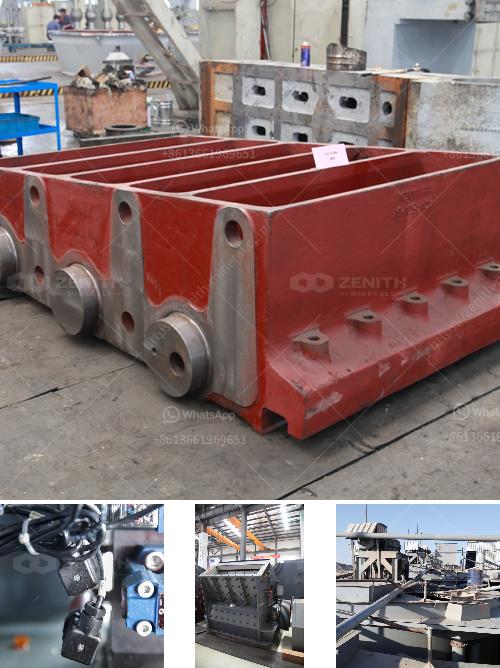Limestone ore undergoes several stages of processing to transform it into usable products. The process typically involves the following steps:
Extraction: Limestone is extracted from quarries or mines. This is usually done through blasting or using heavy machinery to break up the rock.
Crushing: The extracted limestone is then transported to a crusher, where it is broken down into smaller pieces. This step is crucial as it makes the material easier to handle and process in subsequent stages.
Screening: After crushing, the limestone is screened to separate it into different size fractions. This ensures that the material meets the specifications required for its intended use.
Washing: In some cases, the limestone may be washed to remove impurities such as clay, sand, or other unwanted materials. This step is particularly important if the limestone is to be used in industries where purity is critical, such as in the production of lime or cement.
Calcination: One of the primary uses of limestone is in the production of lime (calcium oxide). This involves heating the limestone in a kiln to temperatures of around 900°C to 1000°C. During this process, the limestone undergoes a chemical reaction known as calcination, where it decomposes into lime and carbon dioxide gas: \[ \text{CaCO}_3 \rightarrow \text{CaO} + \text{CO}_2 \]
Hydration: If the lime is to be used in applications requiring hydrated lime (calcium hydroxide), it is further processed by adding water. This reaction produces a fine, dry powder: \[ \text{CaO} + \text{H}_2\text{O} \rightarrow \text{Ca(OH)}_2 \]
Grinding: For certain applications, the limestone or lime may need to be ground into a fine powder. This is typically done using ball mills or other grinding equipment.
Packaging and Distribution: Finally, the processed limestone or lime is packaged and distributed to various industries. It can be used in construction (as an aggregate or in cement), in agriculture (to neutralize acidic soils), in water treatment, and in various chemical processes.
Each of these steps involves specific equipment and techniques to ensure that the limestone is processed efficiently and meets the quality standards required for its intended use.
